When doctors tackle H2 blockers is a class of medications that inhibit histamine H2 receptors in the stomach lining, reducing acid production, they’re often looking to heal erosive esophagitis-a condition where stomach acid repeatedly damages the esophageal lining. This article walks through why these drugs matter, how they differ from other acid‑suppressing options, and what patients should watch for while taking them.
Key Points
- H2 blockers lower night‑time and post‑meal acid peaks but don’t keep the stomach completely acid‑free.
- They work best for mild‑to‑moderate erosive esophagitis and for patients who can’t tolerate proton pump inhibitors (PPIs).
- Common agents-famotidine, ranitidine, cimetidine, nizatidine-have distinct dosing schedules and interaction profiles.
- Healing rates are slightly lower than PPIs, but symptom relief can be rapid, often within a few days.
- Side‑effects are usually mild (headache, dizziness) but some drugs can affect liver enzymes or hormone metabolism.
Understanding Erosive Esophagitis
Erosive esophagitis is the most visible form of gastro‑intestinal reflux disease (Gastroesophageal reflux disease, or GERD). When stomach acid repeatedly pools in the lower esophagus, it erodes the mucosal lining, causing redness, ulceration, and sometimes bleeding. Endoscopic grading (Los Angeles Classification A‑D) helps doctors gauge severity and decide on therapy. If left untreated, chronic inflammation can progress to Barrett's esophagus, a precancerous condition.
How H2 Blockers Work
Histamine released by enterochromaffin‑like cells binds to H2 receptors on parietal cells, prompting them to secrete gastric acid. H2 blockers occupy these receptors, dampening the acid‑stimulating signal. The result is a moderate drop in basal and meal‑induced acid output, typically by 30‑50 %.
Because the blockade isn’t absolute, acid levels rebound after 8‑12 hours, which is why most H2 blockers are taken twice daily (morning and bedtime) to cover the night‑time surge.
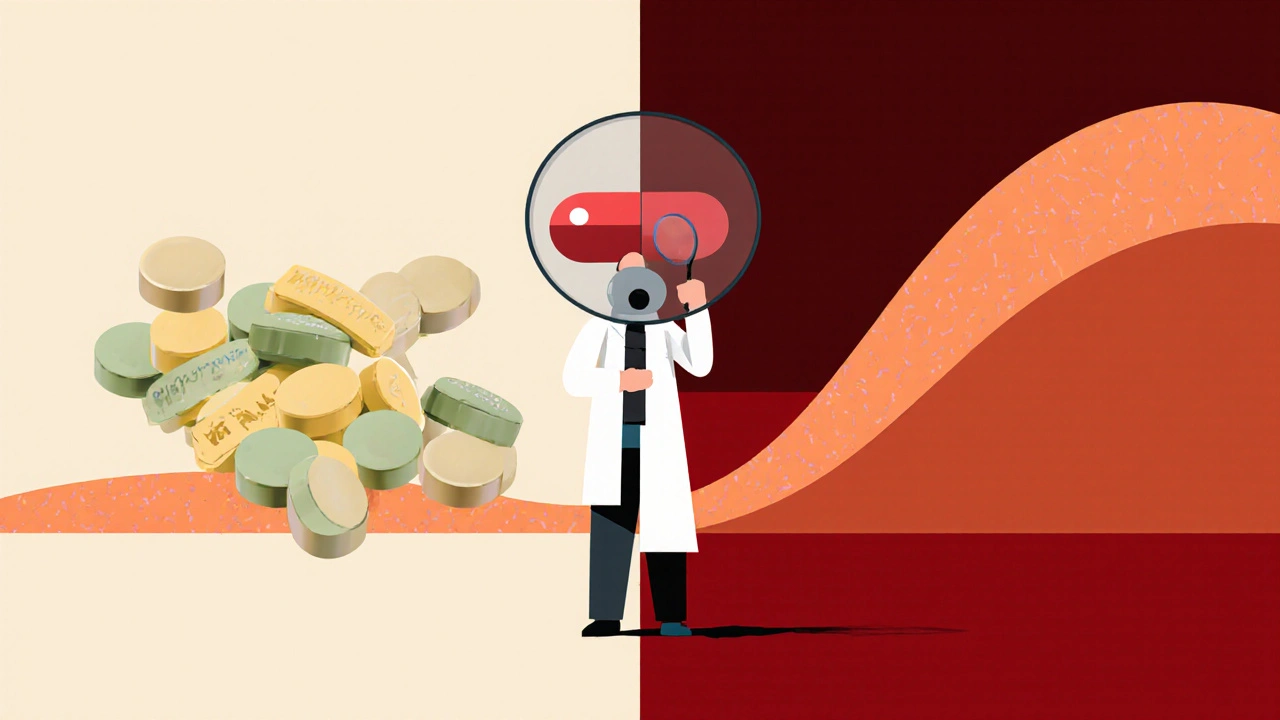
Common H2 Blocker Drugs
Four agents dominate the market. Dosage recommendations reflect the need for twice‑daily dosing, except for the long‑acting famotidine formulation.
| Drug | Usual Adult Dose | Onset of Action | Typical Healing Rate (8 weeks) | Common Side Effects |
|---|---|---|---|---|
| Famotidine | 20 mg twice daily (or 40 mg once daily) | 30‑60 min | ≈60‑70 % | Headache, dizziness |
| Ranitidine | 150 mg twice daily | 45‑90 min | ≈55‑65 % | Dry mouth, taste disturbance |
| Cimetidine | 300 mg twice daily | 60‑120 min | ≈50‑60 % | Gynecomastia, drug‑drug interactions |
| Nizatidine | 150 mg twice daily | 45‑90 min | ≈55‑65 % | Diarrhea, constipation |
H2 Blockers vs. Proton Pump Inhibitors
Proton pump inhibitors (Proton pump inhibitors) such as omeprazole or esomeprazole block the final step of acid secretion- the H⁺/K⁺‑ATPase pump. This produces a deeper, longer‑lasting acid suppression (often >90 % reduction) compared with H2 blockers.
When you stack the two side by side, the differences become clear:
| Aspect | H2 Blockers | PPIs |
|---|---|---|
| Mechanism | Blocks histamine H2 receptors | Inhibits H⁺/K⁺‑ATPase pump |
| Acid reduction | 30‑50 % | >90 % |
| Onset | 30‑60 min | 1‑2 hrs (max effect 3‑5 days) |
| Healing rate (8 weeks) | ≈60‑70 % | ≈80‑90 % |
| Typical use | Mild‑to‑moderate EE, night‑time symptoms, patients with PPI intolerance | Moderate‑to‑severe EE, Barrett’s prevention, chronic GERD |
| Common side effects | Headache, dizziness | Diarrhea, nutrient malabsorption |
Because PPIs are more potent, they’re usually first‑line for severe erosive grades (C‑D). Yet H2 blockers remain attractive for patients who experience PPI‑related headaches, risk of infections, or need a quicker symptom lift.
When to Choose an H2 Blocker
Guidelines from the American College of Gastroenterology suggest reserving H2 blockers for:
- Grade A‑B erosive esophagitis where symptom control is the primary goal.
- Patients with chronic kidney disease who need a drug with minimal renal clearance.
- Individuals on long‑term PPI therapy who develop vitamin B12 deficiency or osteoporosis risk.
- Pregnant or lactating women, since famotidine has a favorable safety profile (Category B).
In practice, doctors may start with an H2 blocker, reassess after 4‑6 weeks, and step up to a PPI if healing is incomplete.
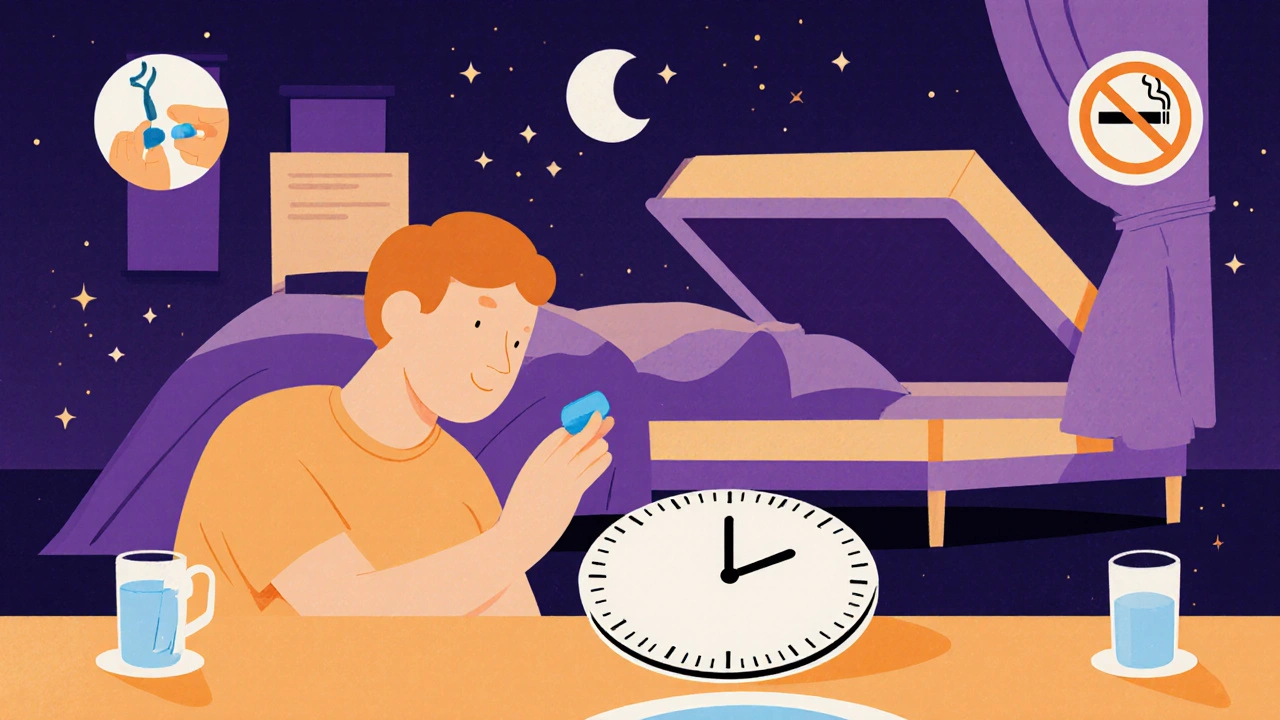
Side Effects and Drug Interactions
Most H2 blockers are well‑tolerated, but each has quirks.
- Famotidine - lowest interaction potential; occasional headache.
- Ranitidine - removed from many markets in 2023 due to NDMA impurities; only low‑dose formulations remain in some regions.
- Cimetidine - strong inhibitor of cytochrome P450 enzymes; can raise plasma levels of warfarin, phenytoin, and theophylline.
- Nizatidine - rare liver enzyme elevation; monitor if patient has existing hepatic disease.
All H2 blockers may reduce absorption of drugs that require an acidic environment, such as ketoconazole, itraconazole, and some HIV protease inhibitors. Taking the acid‑suppressor at least 1 hour before or 2 hours after the interacting medication mitigates the effect.
Practical Tips for Patients
- Take the dose 30 minutes before a meal to curb the post‑prandial acid surge.
- For nighttime relief, a bedtime dose can prevent acid attacks while lying down.
- Never crush or chew tablets; this can alter the release profile.
- Combine medication with lifestyle changes: elevate the head of the bed, avoid large meals after 7 pm, and limit caffeine, alcohol, and nicotine.
- Schedule a follow‑up endoscopy after 8‑12 weeks if you had moderate EE, to confirm healing.
Frequently Asked Questions
Can H2 blockers heal severe erosive esophagitis?
For grade C‑D disease, H2 blockers alone rarely achieve full healing. They may reduce symptoms, but most clinicians will add a PPI or switch therapy if endoscopic follow‑up shows persistent ulcers.
How quickly do symptoms improve?
Most patients notice less heartburn within 2‑3 days, because the drug blocks the immediate histamine‑driven acid spike.
Is it safe to use H2 blockers during pregnancy?
Famotidine is classified as pregnancy Category B and is widely considered safe. Cimetidine and ranitidine have less robust data, so doctors usually prefer famotidine if a drug is needed.
Do H2 blockers cause vitamin deficiencies?
Unlike PPIs, H2 blockers rarely affect calcium or magnesium absorption. Long‑term use may lower B12 levels only if the patient already has low stomach acidity.
Can I switch from a PPI to an H2 blocker on my own?
A sudden switch can lead to rebound acid hypersecretion, worsening symptoms. Talk to your doctor; they may taper the PPI and introduce the H2 blocker gradually.
Bottom line: H2 blockers are a solid, often overlooked tool for managing erosive esophagitis, especially when patients need a fast‑acting, lower‑risk alternative to PPIs. Understanding their strengths, dosing nuances, and interaction profile lets both clinicians and patients make smarter choices and keep the esophagus healed.
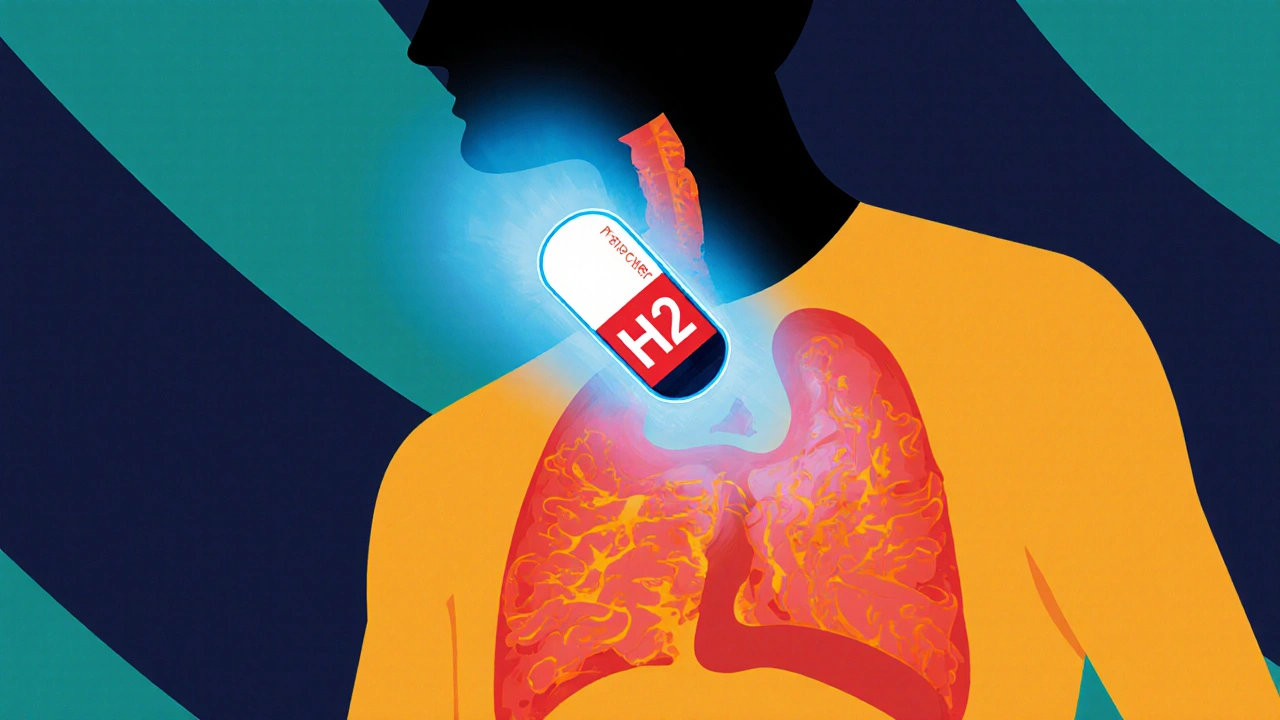

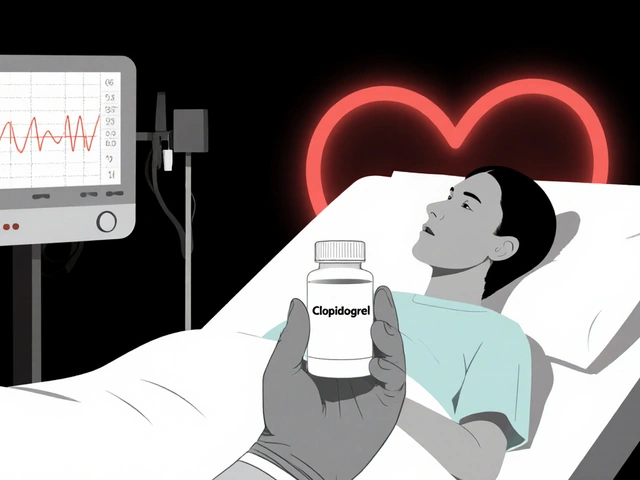
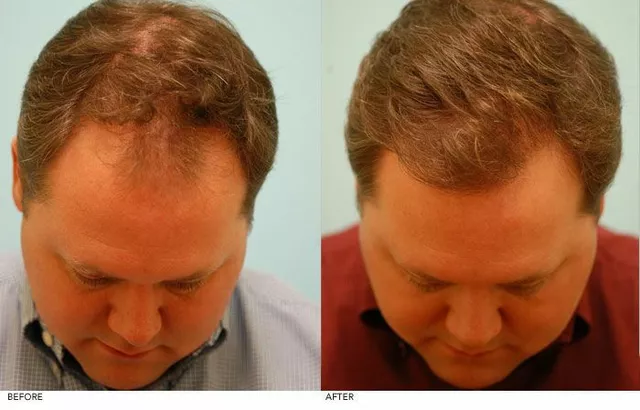

7 Comments
Diane Thurman-22 October 2025
Ugh, most docs just dump H2 blockers on anyone without checking for drug interactions, it's lazy.
Iris Joy- 2 November 2025
First, it's worth noting that H2 blockers can be a great stepping stone for patients who are hesitant about PPIs.
They start working within half an hour, so you can feel relief after a single dose.
Because they only block histamine‑driven acid, they leave a baseline level of acidity that helps with nutrient absorption.
This modest reduction is usually enough to heal grades A and B erosive esophagitis when combined with lifestyle tweaks.
When you pair the medication with elevated head‑of‑the‑bed and avoiding late‑night meals, the healing time often drops to six weeks.
Famotidine's longer half‑life allows once‑daily dosing, which improves adherence compared to twice‑daily ranitidine.
Cimetidine, on the other hand, is a potent CYP450 inhibitor, so you have to watch out for warfarin or phenytoin interactions.
Nizatidine sits somewhere in the middle, offering a decent onset without the aggressive enzyme inhibition.
For patients with chronic kidney disease, dose adjustment is straightforward because most H2 blockers are renally cleared.
If a patient develops a headache or mild dizziness, switching to famotidine typically resolves the side effect.
While PPIs dominate the market for severe disease, H2 blockers remain cost‑effective and have a lower risk of causing Clostridioides difficile infection.
Insurance plans often require step‑therapy, starting you on an H2 blocker before they approve a PPI.
Monitoring endoscopic healing at eight weeks is still recommended, especially for those with Barrett's risk factors.
If the endoscopy shows persistent ulceration, escalating to a PPI is a sensible next step.
Overall, understanding the pharmacokinetics and interaction profile lets you tailor therapy to the individual patient’s needs.
Sarah Riley-12 November 2025
From a mechanistic perspective, H2 antagonism attenuates histaminergic drive without compromising basal acid tone; this yields a therapeutic window amenable to mild erosions.
Joe Waldron-23 November 2025
The dosing schedule is straightforward, take it 30 minutes before meals, and you’ll notice a reduction in reflux, especially at night,; consistency is key,; don’t forget to schedule follow‑up endoscopy,;
Tim Blümel- 4 December 2025
🧠💊 I love the pragmatic approach you laid out – especially the point about step‑therapy and insurance constraints; it really mirrors what we see in clinic day‑to‑day.
Joanne Ponnappa-14 December 2025
Nice summary, very helpful for anyone trying to decide between a PPI and an H2 blocker.
Michael Vandiver-25 December 2025
Totally agree with the lifestyle tips, especially elevating the head of the bed – it makes a huge difference.